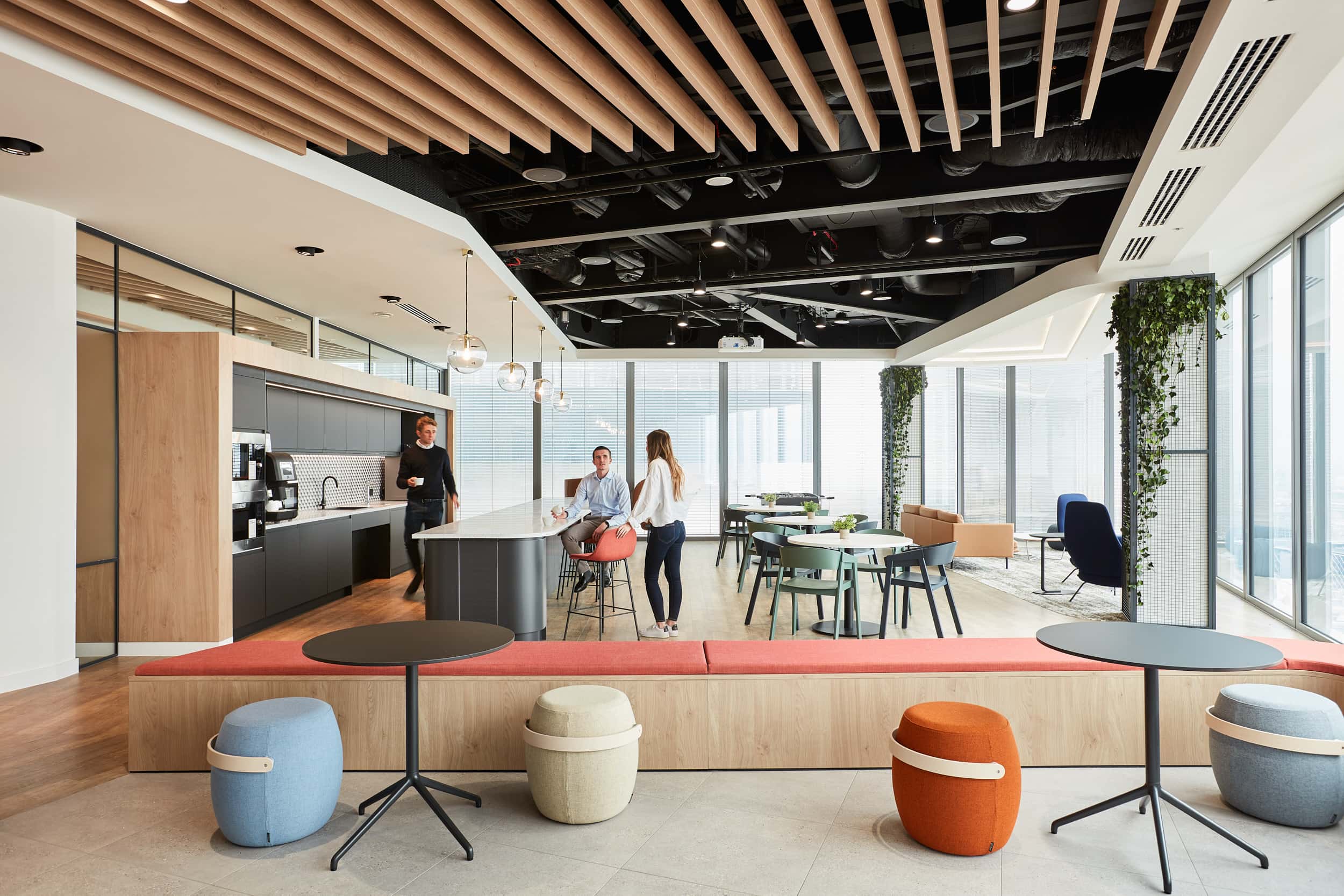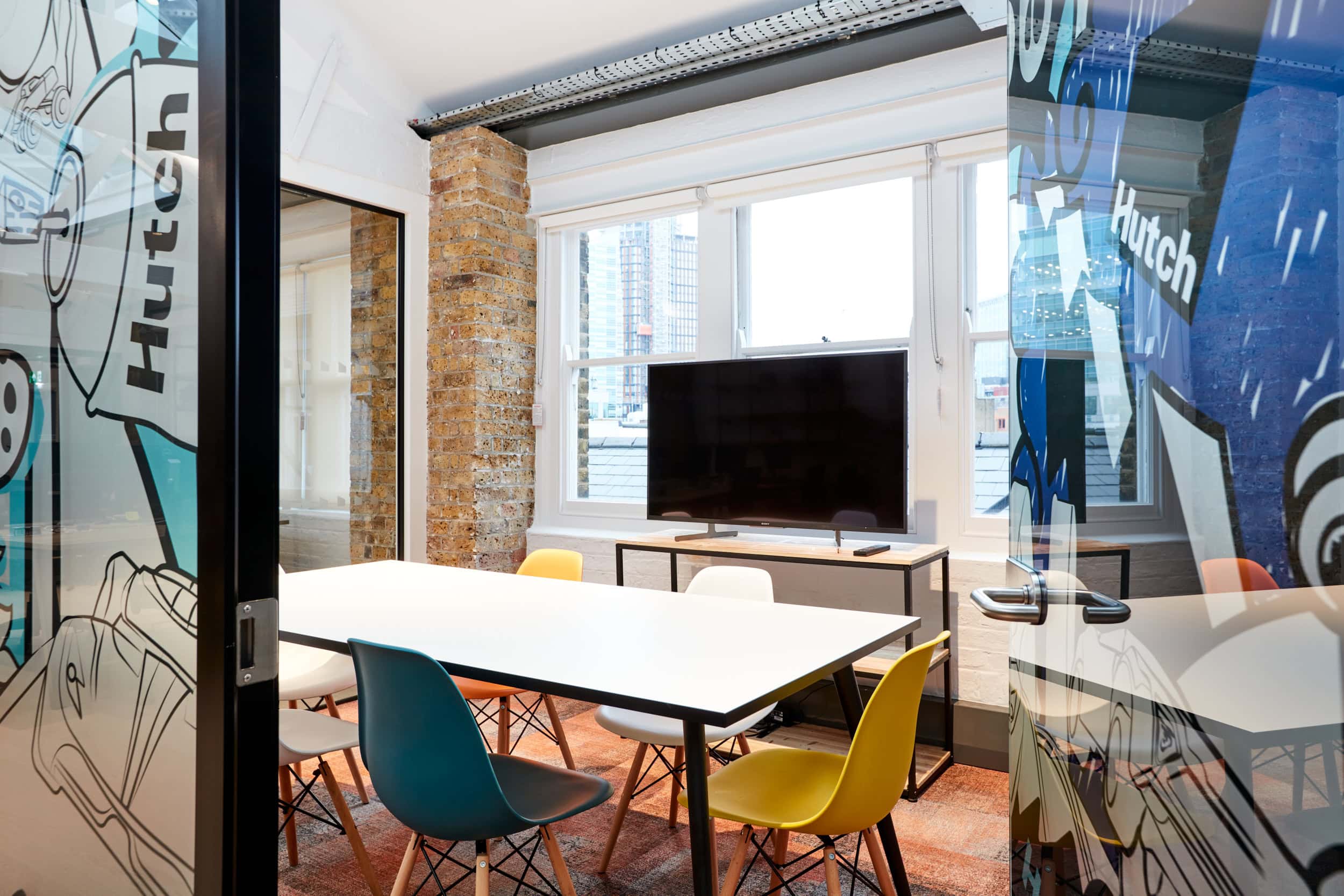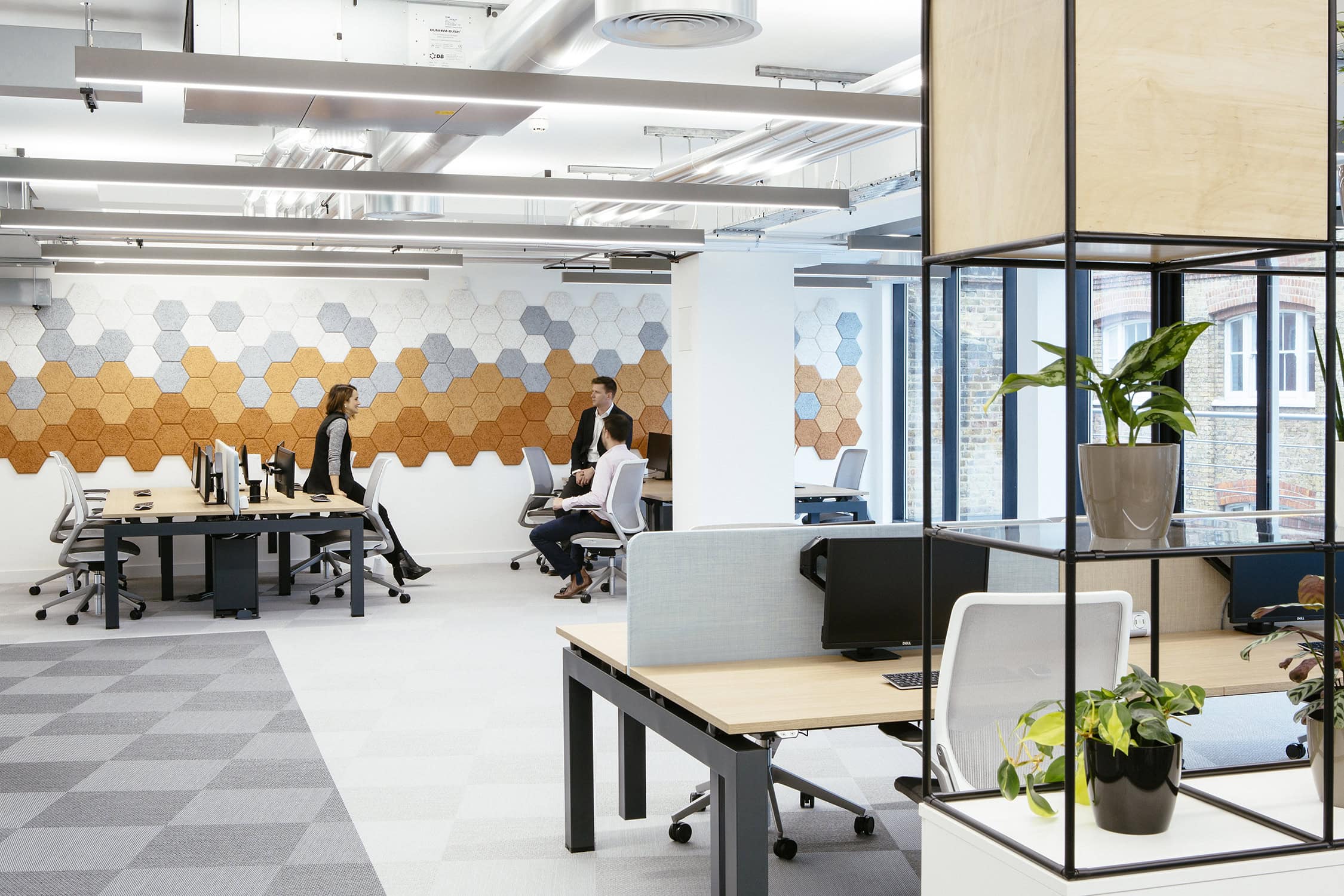Is the hub and spoke design model the future of workplaces?
Explore the implementation strategies and optimisation techniques for integrating the Hub and Spoke office model.
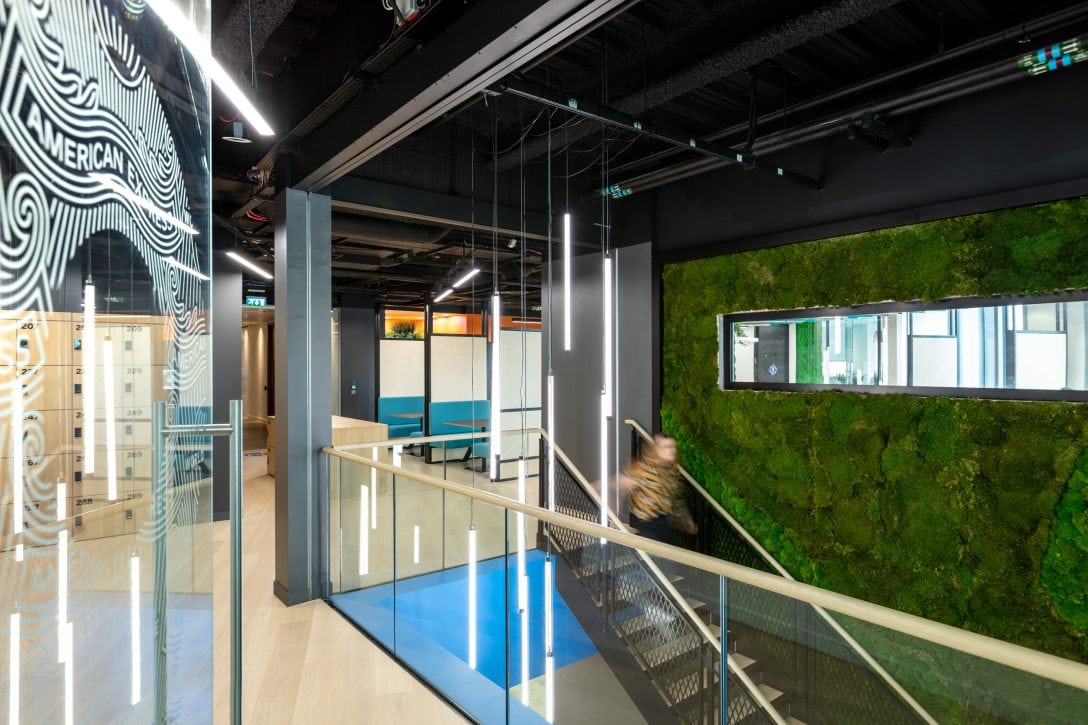
The how and why of work is changing in significant ways and there’s been lots of talk about the future of the workplace amid the pandemic. With many early claims that the increase in remote working was signalling “the end of the office” sentiments have now evolved beyond this.
We’re now at an understanding that although the impacts of COVID-19 will certainly have an impact upon office use, it will not mean an end to the office, but rather a fresh start.
In building a resilient path to the future company real estate portfolios and workplace policies are having to adapt and take on creative approaches to change, with a focus on being nimble and remaining pertinent at the forefront of decision making. Many are also having to reconsider where workplaces need to be and henceforth the ‘hub and spoke’ office model has been thrust back into the spotlight.
Comfortable flexible workspace that encourages interactions between staff in a more home-like setting
In the world of commercial property, ‘hub and spoke’ refers to a more diverse real estate portfolio. As opposed to the more traditional headquarters model – in which a business operates from a single, larger city centre head office – the ‘hub and spoke’ office model includes a more geographically distributed network of offices, allowing employees to work from either their city hub or a strategically placed ‘spoke’ location often in a more regional area.
The ‘hub’ location generally becomes the larger and core location for the business, easily accessible via public transport means given its’ city centre location and acts as the culture epicentre for an organisation. The ‘spokes’ are then a smaller range of spaces often quite open in style that can accommodate the needs of a single team or company function.
This model reduces the need for workers to lengthy daily public transport routes, while still offering an effective work environment close to home that can facilitate collaboration and social interaction, as well as the seamless office experience of IT infrastructure, meeting rooms and ergonomic set ups that just can’t be recreated at home. Meanwhile more central ‘hub’ locations are still available for hosting clients, conducting training and most importantly these locations will be integral to creating and instilling company culture and brand values.
We’ve taken a closer look into some strategies, as well as the main advantages for setting up a ‘hub and spoke’ workspace model that can benefit your business.
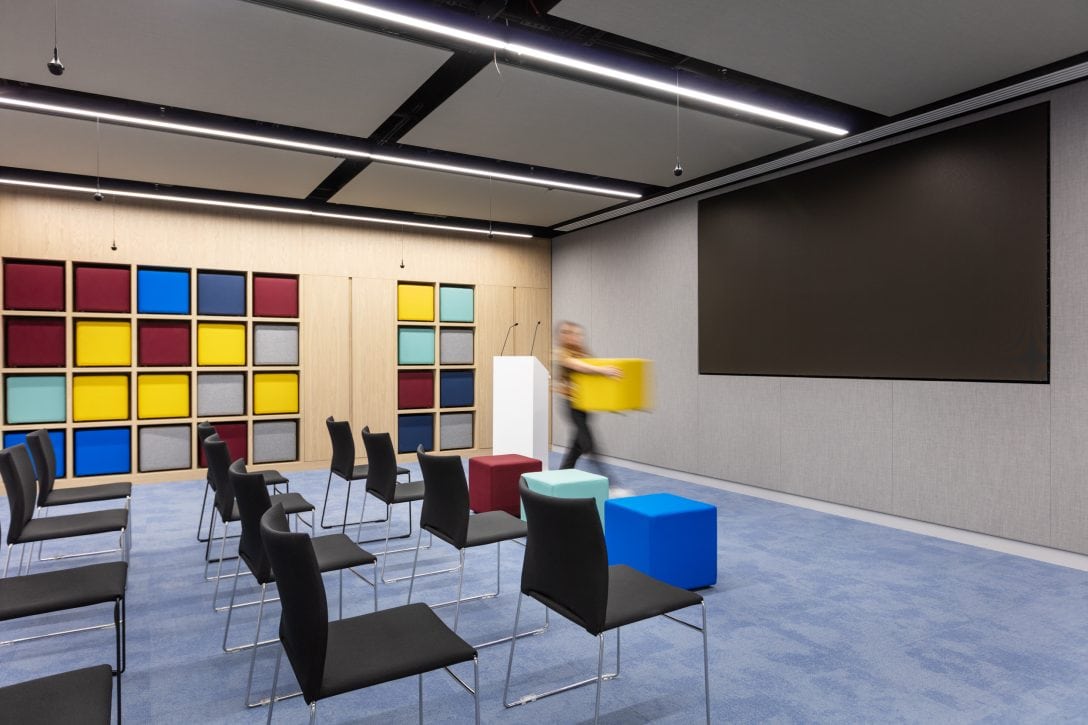
How the hub works
Data driven: The case for data applies in establishing both your ‘hub’ and ‘spoke’ strategies. Analysing employee addresses, will ensure you can locate your offices in the most appropriate locations, choosing hub locations that have good transport links and spoke locations with convenient locations to groupings of staff homes. Similarly, when looking to establish your hub space it’s also important to consider the demographics of your workforce, with younger generations likely to more often favour centralised office locations for their proximity to restaurants and entertainment venues.
Re-size: One of the most significant advantages of the hub-and-spoke model is its’ ability to free-up space. This can be achieved through shared space and agile working design methodologies, which historically have been known to reduce your overall footprint spend by 30% or more.
Complimentary spaces: In order to make your hub office more compelling, you may want to consider incorporating more wellness and complimentary spaces such as social spaces, gym space, health care offerings, café set ups, education and technology libraries. These are key in making the office experience better than home. Ultimately you want to achieve a space that inspires a return, one that supports physical, cognitive and emotional wellbeing of staff.
Set the scene: Your hub space should be the exemplary space for how your workplace culture is to thrive. Make it the space where you live your company mission and engrain your business values into everyday practices. Consider creating and defining a set of workplace standards based on your main ‘hub’ location which can then be used to mould your further ‘spoke’ office locations.
How the spoke works
Make it functional: When creating your spoke spaces it’s important to remember the key function. Does this space need to accommodate a particular team function or are you creating the space as more of a drop-in-centre where the main focus is to create space for collaboration, where staff can drop in for the purpose of ideation and have the ability to hold face-to-face meetings at their convenience.
Consider provisions: Equip open, shared spaces with essential tools for generative collaboration. Integrate remote participants through technology and equip meeting rooms and satellite spaces with tools such as white boards or pin up boards that assist with project work.
Widen your talent pool: One of the main advantages of opening your workplace portfolio up to include more spoke locations is that you can support a more distributed workforce, alongside this you can resource the best talent, regardless of geographic constraints.
Reach out: A larger geographical footprint equals a broader audience from both resourcing and client reach perspectives. Adopting the ‘hub and spoke’ model means that, while your dispersed teams are going about their daily business, they are meeting local people opening a range of doors and benefits.
In the end the ‘hub and spoke’ workplace model is just one method being explored by global organisations as a means to adapting to the post COVID-19 new ways of working. Business leaders have speculated that permanent virtual work could lead to a decline in innovation or creativity amongst job roles. Without the physical office offering, we all miss out on the planned and spontaneous in-person interactions that spark these types of interactions.
Whether it be a ‘hub and spoke’ method or something else, one thing that is for certain is that the workplace of the future is one that fosters collaboration and innovation, while prioritising health and flexibility.
Talk to us today about how we can help you facilitate collaboration into your workplace model.
